Can a robot vacuum save you service checks, a cleaning lady's salary, or the time wasted picking up objects lying around? That's the promise of the Saros Z70. Roborock's latest robot vacuum caused a sensation at CES in Las Vegas. The reason? A hidden articulated arm in its center capable of picking up socks, LEGO, and other underwear strayed from all corners of the house. A bonus that won't displease even the dirtiest of us: the robot, in its good graces, is capable of putting away objects it encounters in its path, in a small basket provided for this purpose or in a designated area.
We've been testing the Roborock Saros Z70 for several weeks now, deliberately placing slippers, children's toys, and other obstacles in its path in the hopes of seeing it extend its arm, lift them up, and settle the score. But while the promise may seem impressive on paper, what does it mean in reality? Can the Saros Z70 really "tidy the house" for you? Is its articulated arm the expected shock asset or a simple gadget designed to shine at tech shows?
What does the Saros Z70's robotic arm look like?
Before going further into the analysis of the Z70's performance and its arm robotics, it's important to understand how it works and what it's capable of. The first thing that jumped out at us when we first got our hands on the robot vacuum at CES, and which was confirmed during our test, was the quality of integration of the robotic gripper. Roborock's engineers have done a real work of craftsmanship to successfully store the robotic arm in the center of the vacuum. Hidden behind a sliding smoked window, it only deploys when called upon to do so, remaining completely invisible the rest of the time. Once unfolded, it is capable of moving on three axes and reveals a small camera hidden just under its gripper. It is this, combined with the sensors placed on the robot, which allows the movements to be adjusted as closely as possible and the targeted objects to be grasped.
Using the robotic arm produces a slight operating noise, even when it is not moving, but you have to listen carefully to hear it. For the rest, nothing suggests that the robot has extended its gripper, except for the sound alert that warns of the activation of the camera, essential for the operation of the gripper.
Once its task is completed, the arm folds back as it had unfolded in a short sequence that takes 5 to 6 seconds.
How does the robot vacuum's articulated arm work?
The Saros Z70's mechanical arm is not enabled by default; the user must choose to use this option by setting it up in the app. Therefore, two options exist: automatic or manual operation. Of course, when using a robot vacuum, the former is much more advantageous than the latter. However, we tested both modes.
First of all, let's clarify that simply allowing the Z70 to extend its gripper isn't enough for it to immediately start tidying your living room. Activating its articulated arm requires choosing a space to place the picked-up items (this can be a container like a small basket or simply a predefined area on the floor). In all cases, you must choose this location in the application, in the same way as defining an exclusion zone. It's quite simple and only takes a few minutes.
The Saros Z70 also offers its owner a choice: either it gathers the objects picked up in one or more places, or it simply lifts them, cleans underneath them, and puts them back as they were before. Here again, the first option seems more appropriate.
So much for the theory. And in practice? Unfortunately, while technically the articulated arm is a feat of hardware and engineering, it seems a bit limited in terms of software. Why? Simply because to be able to pick up and store any object, the robot vacuum must first recognize it, identify it. For now, Roborock lists around a hundred different objects for which it has trained its robot. In fact, if it sees a sock, the Z70 will quickly stick out its arm to perform its dance. But let's be serious, who over the age of 6 still leaves their socks lying around on the floor? The challenge lies elsewhere, on small objects that we don't think about, or toys that we don't have time to pick up in the morning at the risk of missing our train. On this point, the Z70 still lacks recognition capabilities.
The same applies when the object in question differs from the shape it should have in its most standard version. Explanation: the Roborock robot vacuum cleaner is quite capable of recognizing a good old slipper stuck under a chair. But when the slipper looks like a pink unicorn, it is completely lost and sees it as a simple obstacle that it avoids.
Is this limitation structural or can it be overcome? Roborock explains that it will soon be possible to manually add objects to be picked up by the robot. All you have to do is take a picture of them, name them, and teach your robot that they need to be picked up. Unfortunately, this function seems limited to only eight objects, which will be added to the manufacturer's initial list. If, for example, your daughter constantly leaves her unicorn slippers lying around, this option will prove quite practical, but if she has a little sister who is completely uninterested in the idea of tidying up, then the Z70 will not be able to do anything for you.
The Z70's robotic arm in manual use
Roborock had the excellent idea of adding a manual mode for the robotic arm to the app. Activating it couldn't be simpler: a button in the robot's settings lets you switch from auto to manual mode with a single click. From then on, the interface changes somewhat and provides access to three commands that allow you to move the mechanical arm in height and length, as well as to rotate it and activate its gripper. What's it for? The same as manual mode, of course, but also to better understand the capabilities and limitations of the Z70's accessory. These are known, notably the weight limit of 300 g, but it is in manual mode that we more easily realize the shapes that the gripper can grasp more easily, the objects that cause it the most problems (definitely do not leave a towel lying on the floor!), or the precision of its movements.
Playing with the robot couldn't be simpler, we have fun positioning it as precisely as possible, we get closer to the blue zone displayed on the smartphone screen which indicates the area that the arm is capable of reaching and we have fun guiding the robotic arm as if we were 7 years old and that we were given the controls of a crane for a few moments. But once we have laboriously moved our sock a few meters, what remains? On the one hand, the certainty that the same operation would have taken 10 times less time by hand. But also and above all the fact that we have a nice gadget that we would like to see more efficient.
Verdict: is the Z70's robotic arm really useful?
There's no doubt that Roborock has done an excellent job with its Saros Z70. Its articulated robotic arm is perfectly integrated into the robot vacuum, it deploys and stores itself in a sort of perfectly orchestrated ballet, it is capable of picking up certain objects and storing them where it has been asked... in short, on paper, it is a rather exceptional achievement in terms of engineering. We can also only admire the well-oiled mechanics of the accessory and the precision of its sensors, camera in particular, which allow it to operate a little slowly, certainly, but skillfully most of the time. Having said all that, we must still face the facts: the use cases are relatively rare and, above all, limited. The fact that the Saros Z70 is limited in its object recognition, but also in its carrying capacity (300 g) makes its gripper rather anecdotal and even if we applaud the purely technical performance, we can only conclude that it is, for the moment, a nice gadget, certainly, but billed relatively expensive, 1799 euros (excluding promotions). Nevertheless, with this Saros Z70 what Roborock has demonstrated is really interesting. The Chinese brand has proven that there is still room for innovation with robot vacuum cleaners and that they still have a huge margin for improvement, other than the washing and suction power or the ability to overcome obstacles of 4 or 5 cm. Roborock would probably be wrong not to push further the development of its robotic arm. What is for the moment a good gadget could, with the right development, quickly become essential.

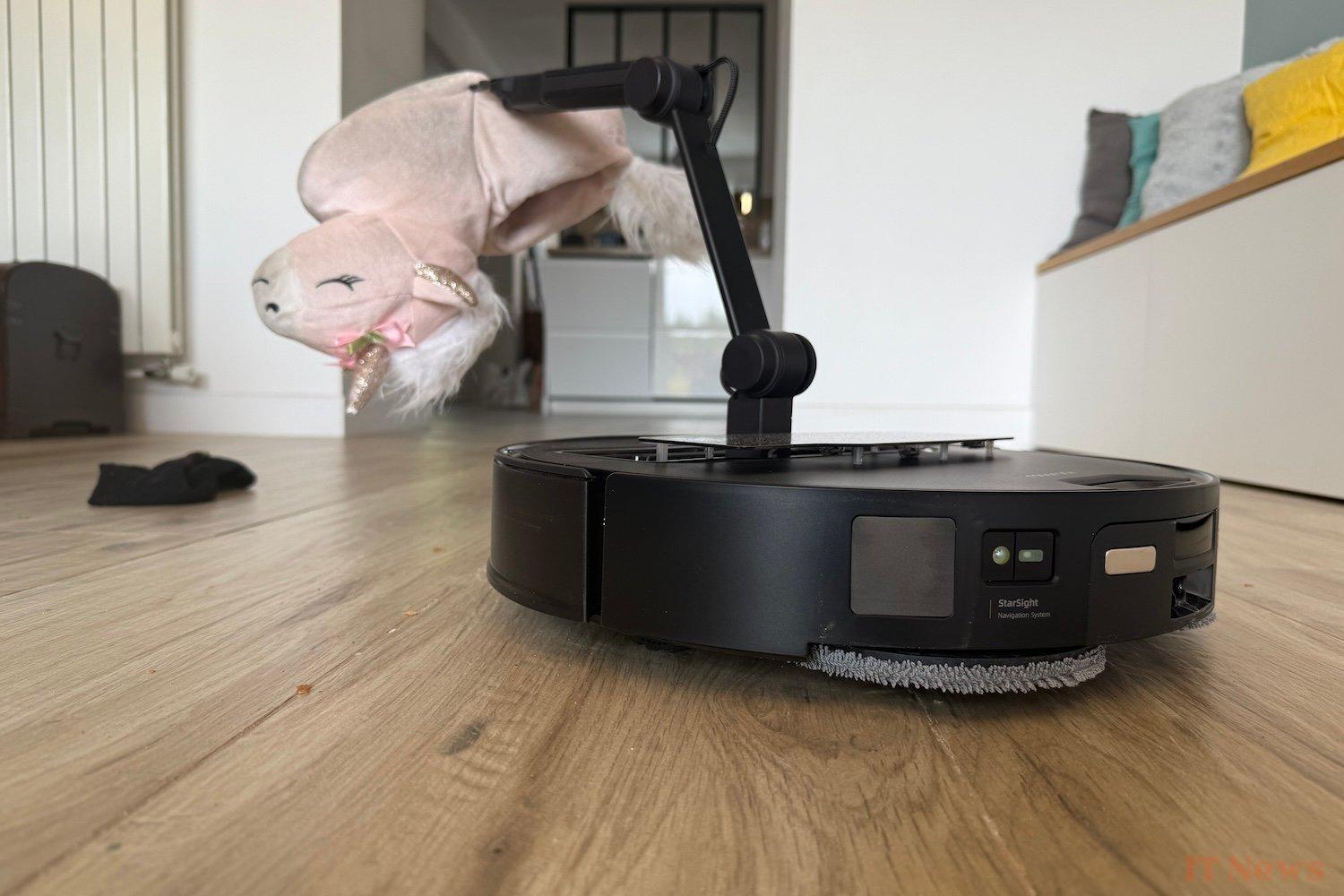
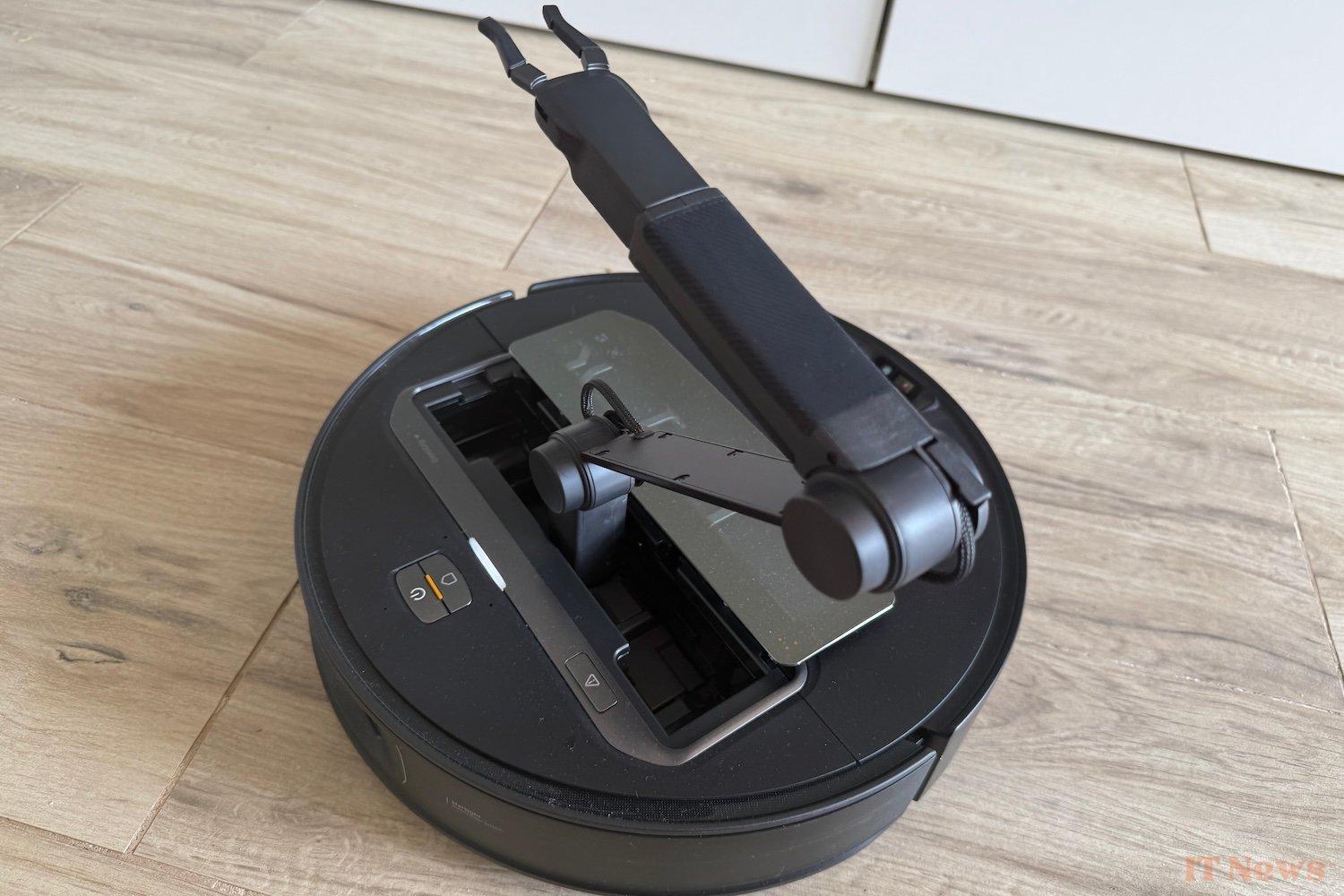


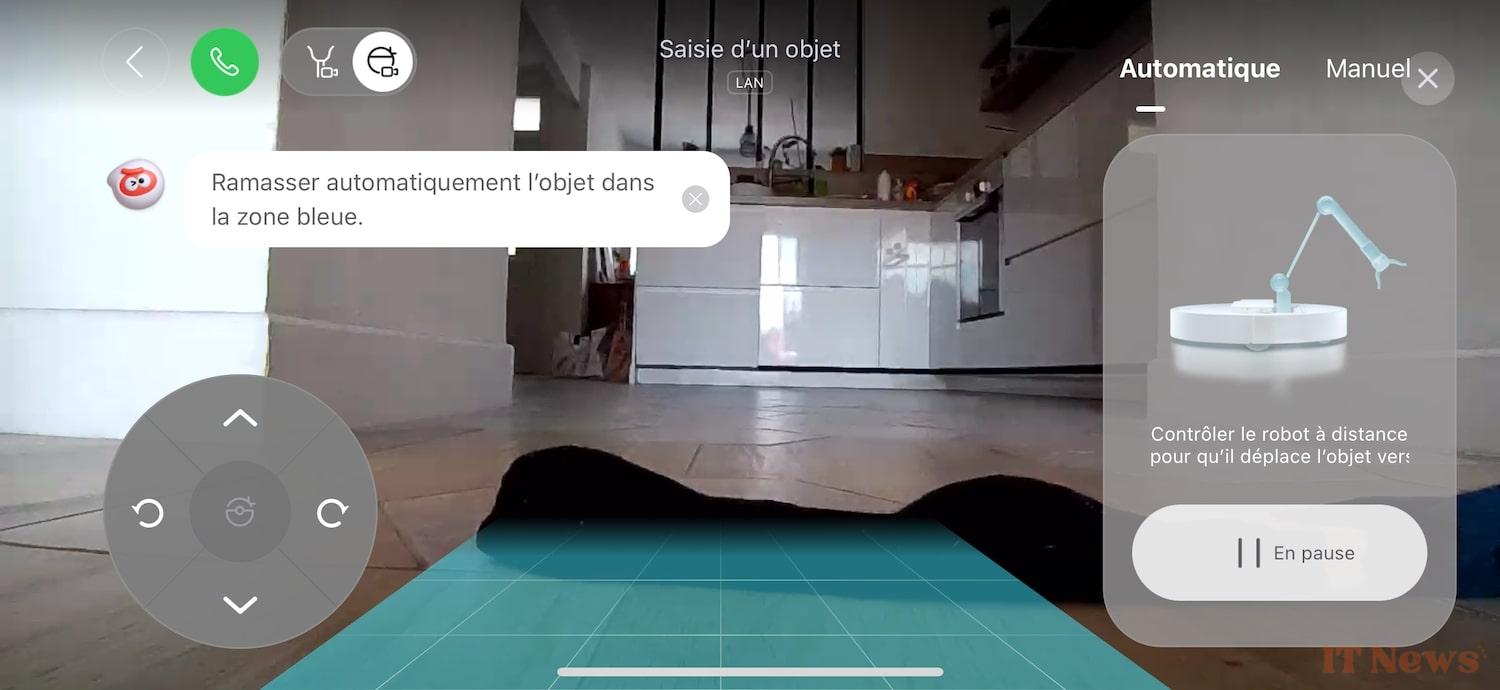
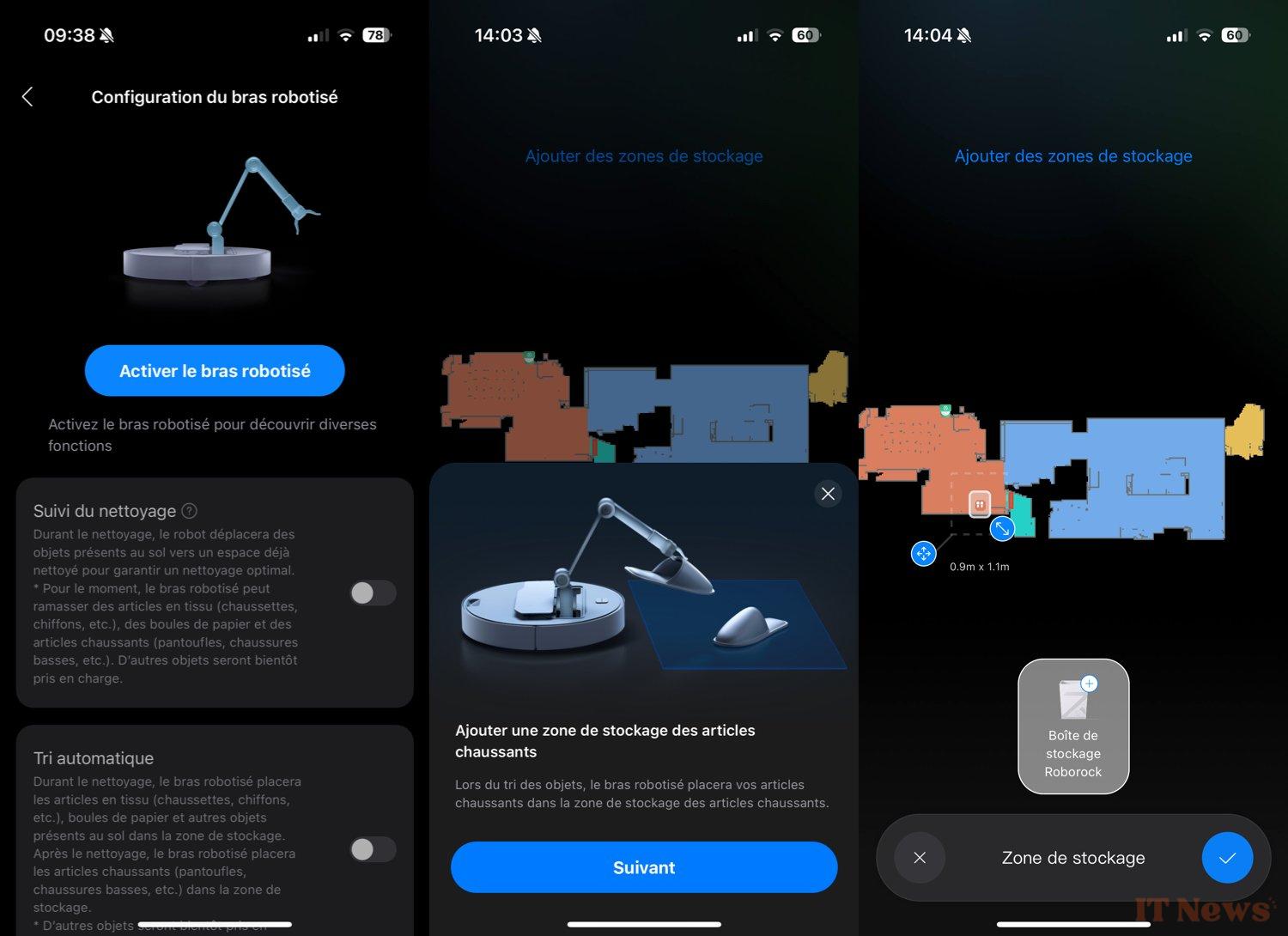
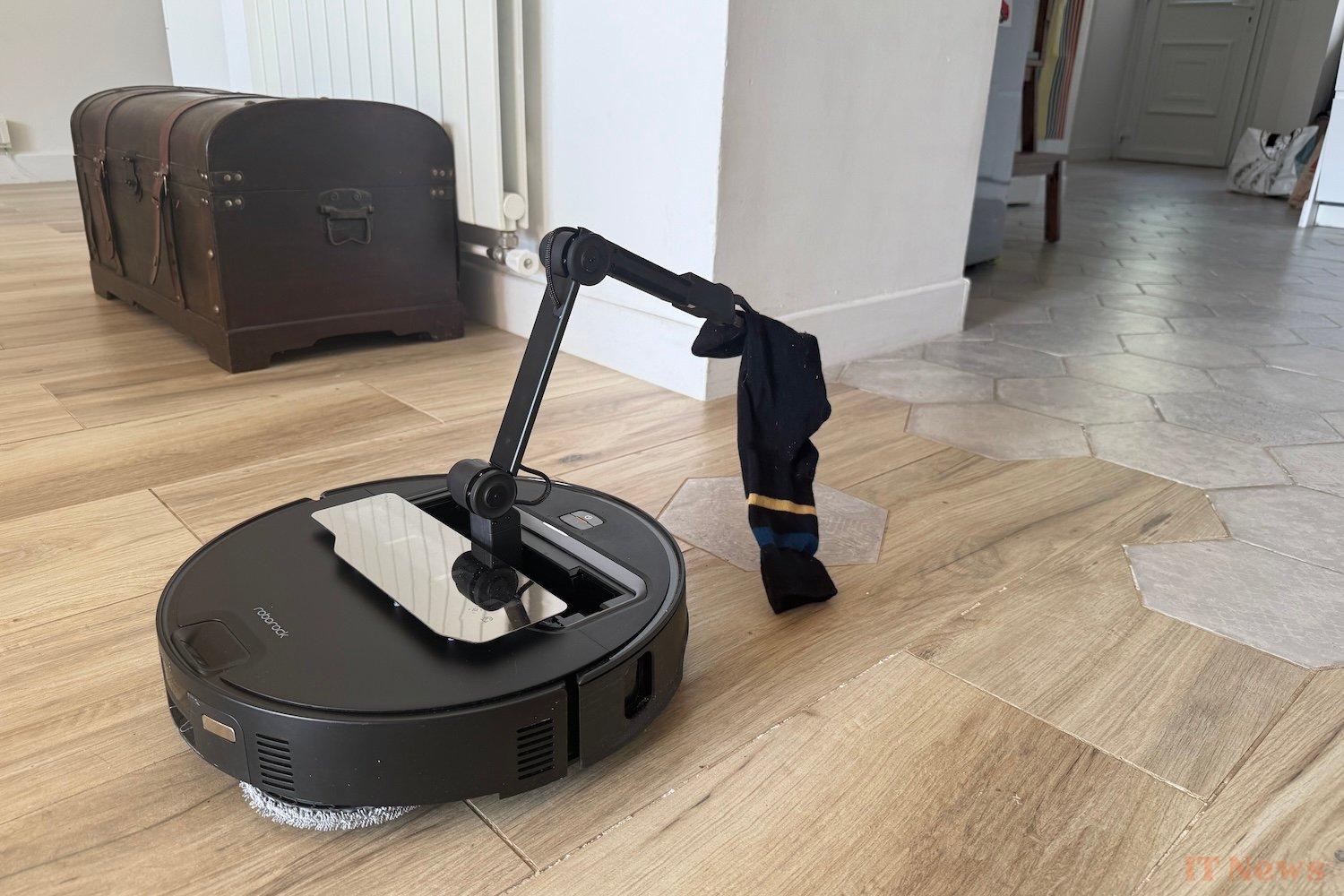
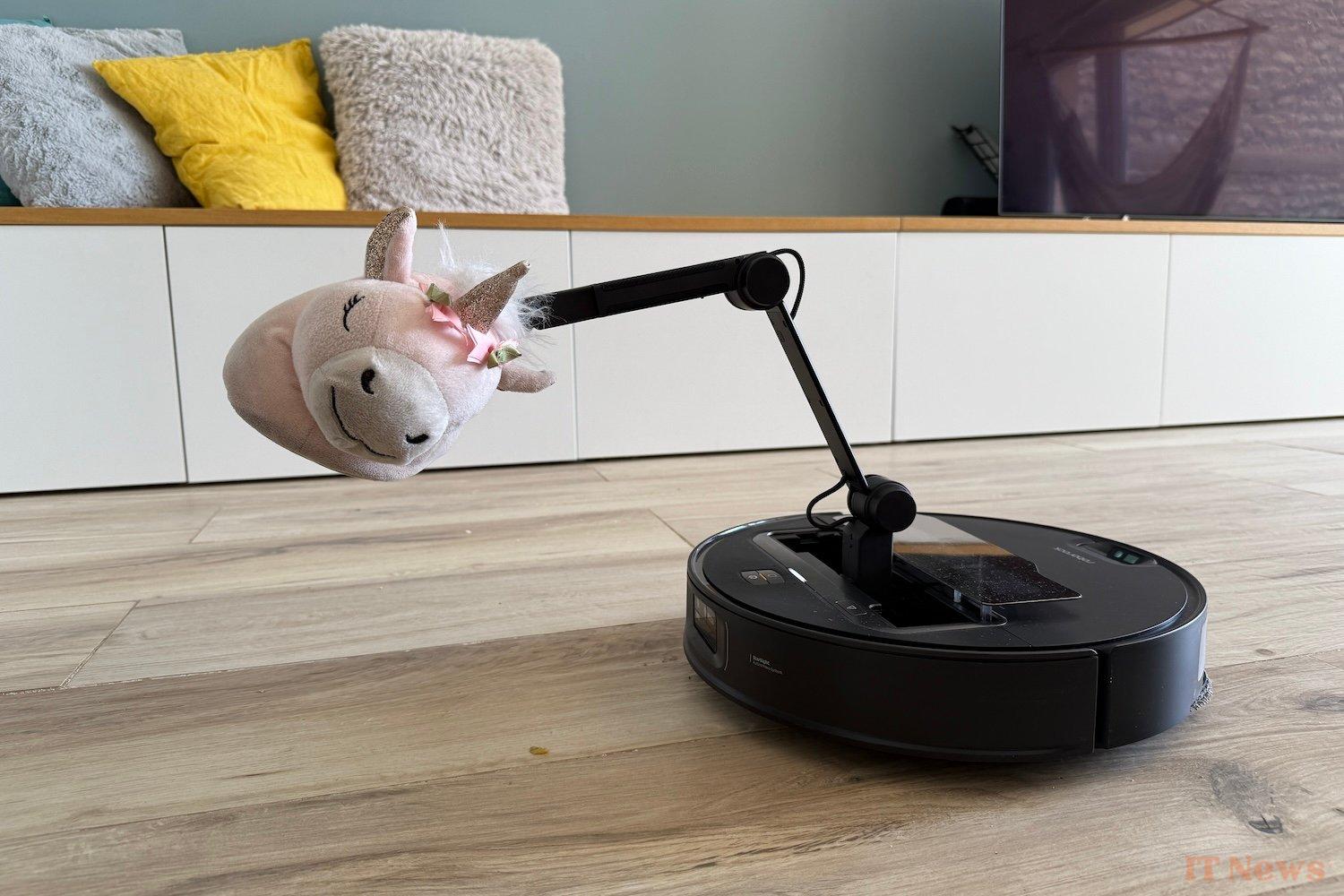
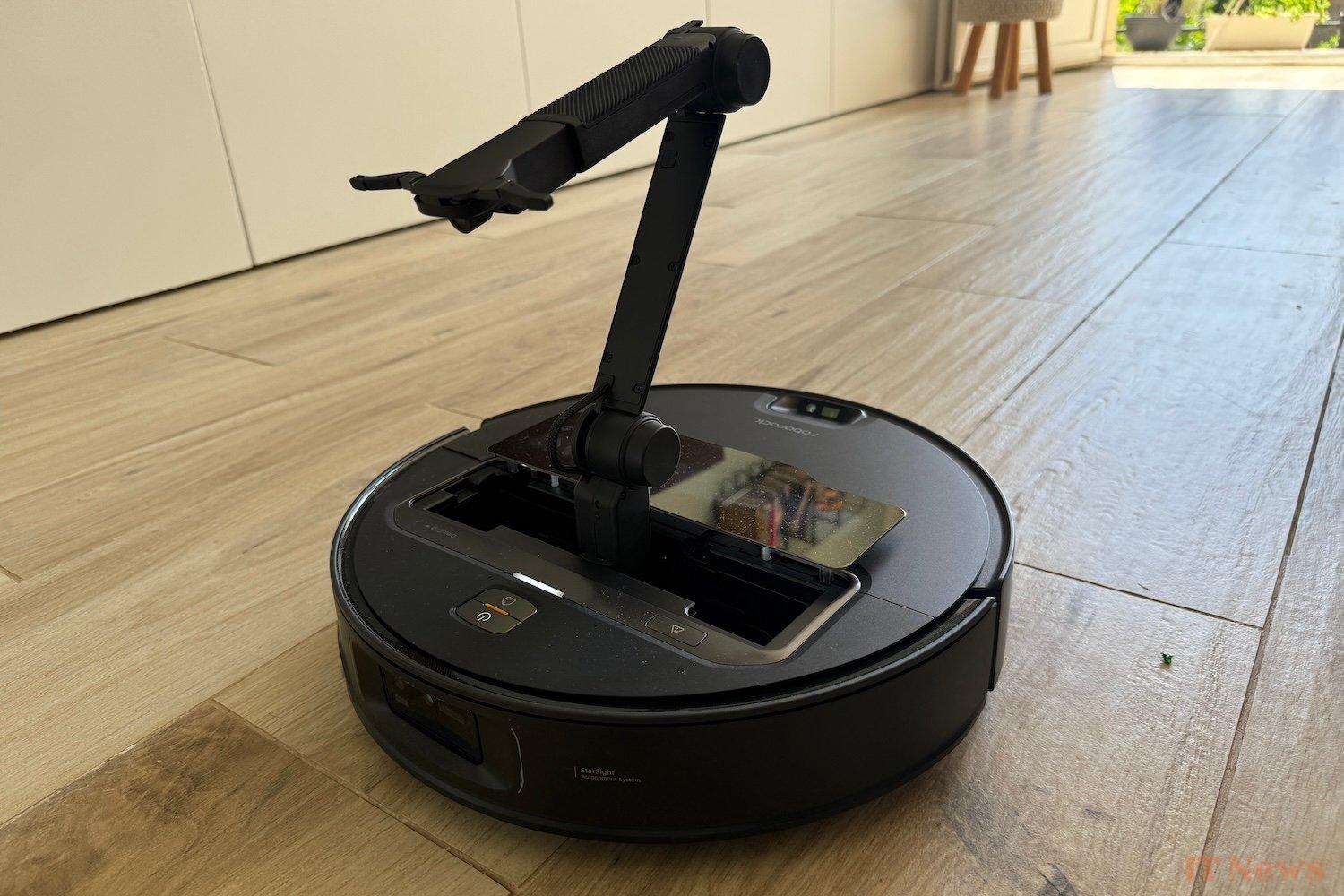



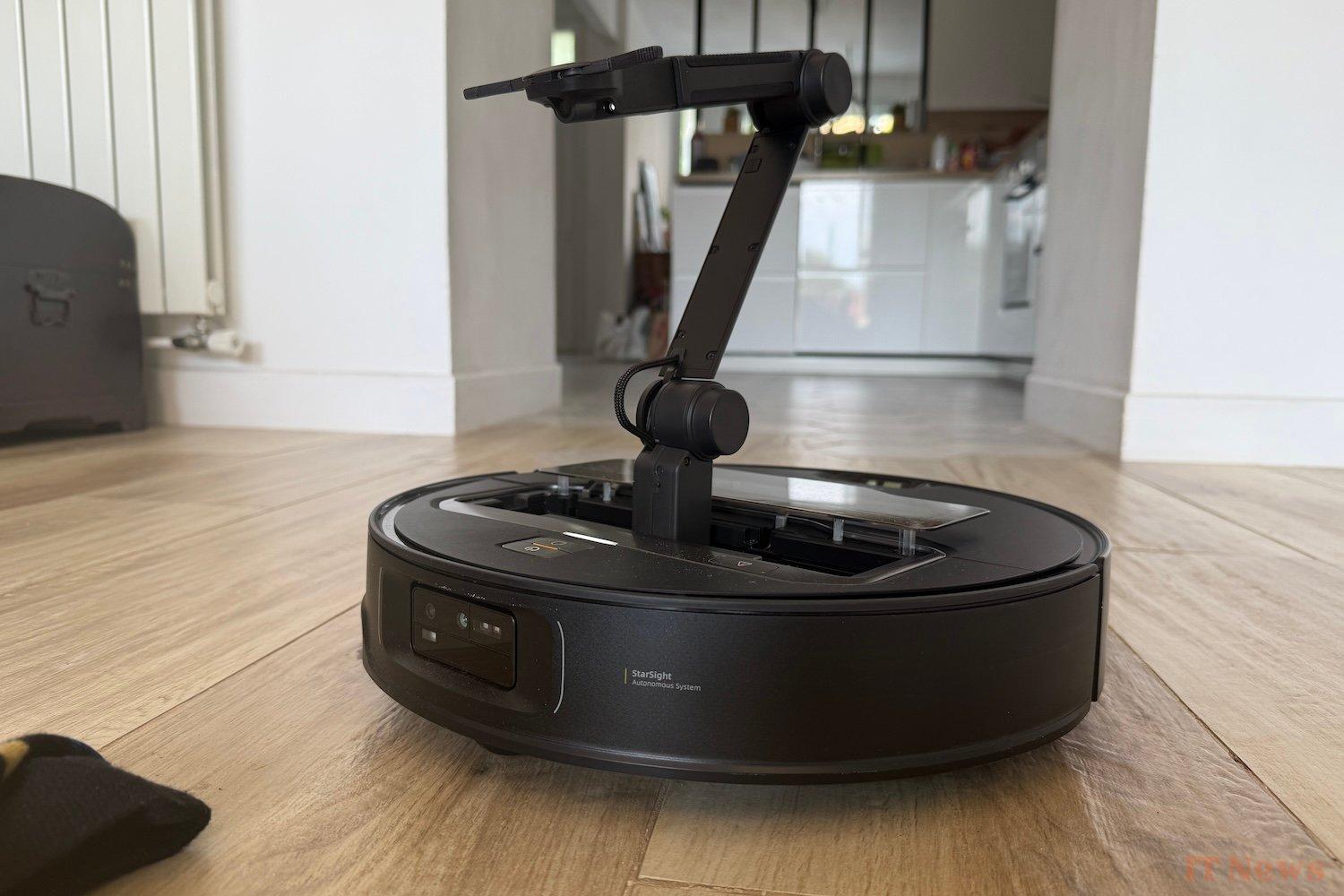
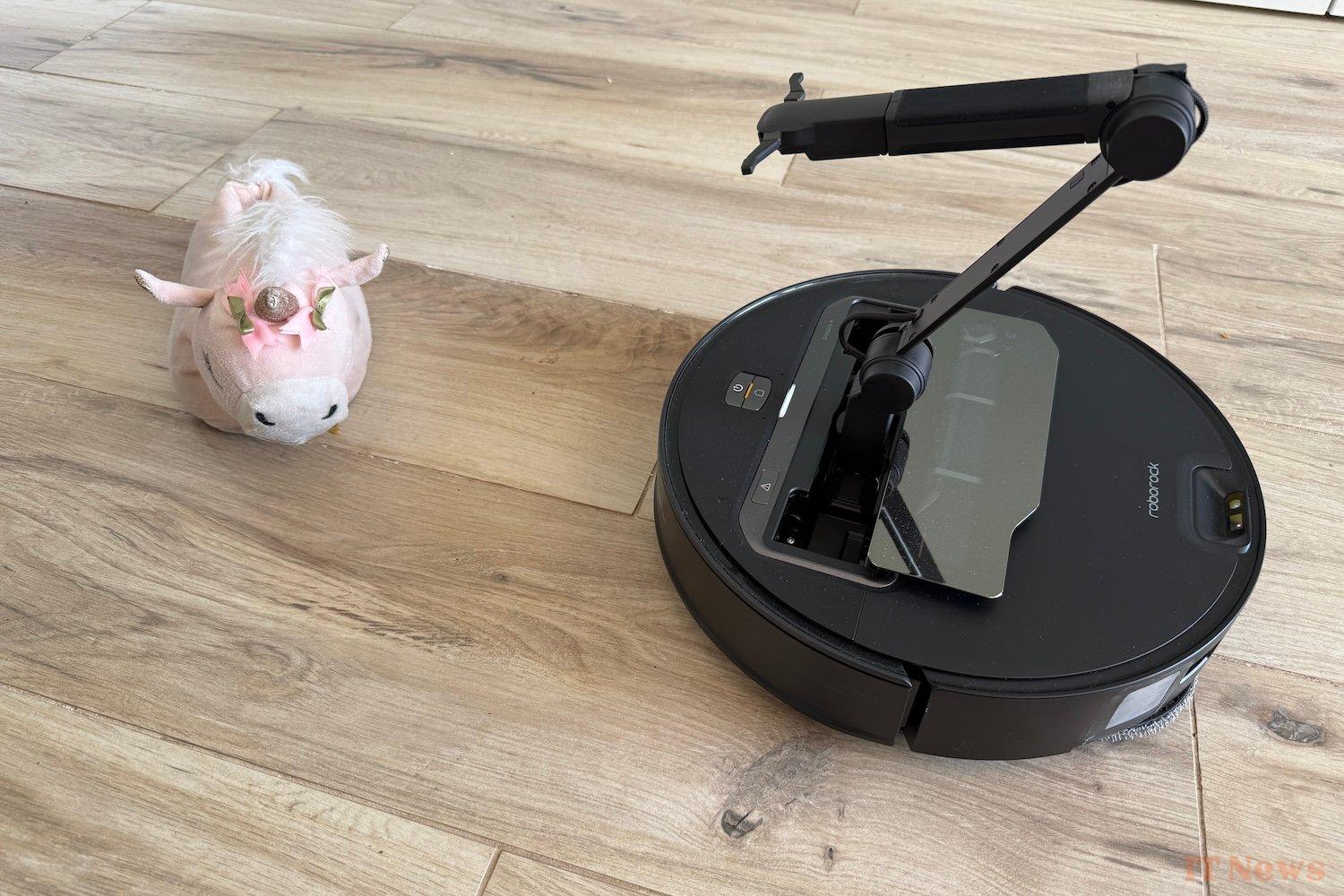

0 Comments